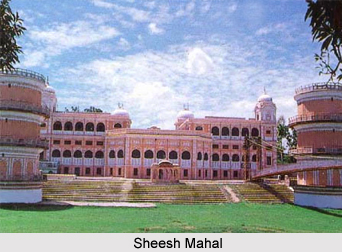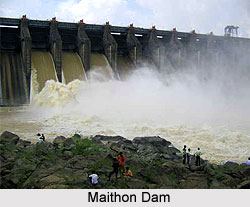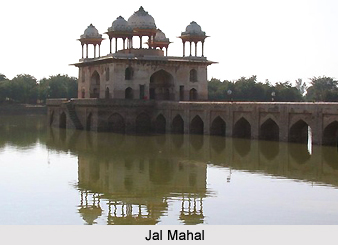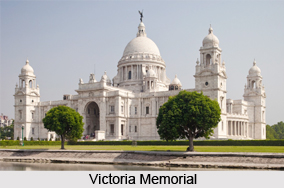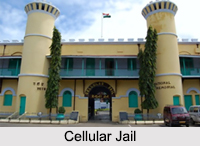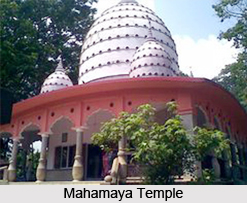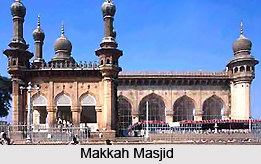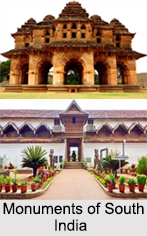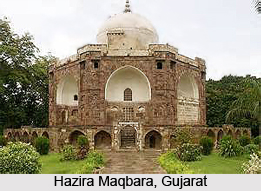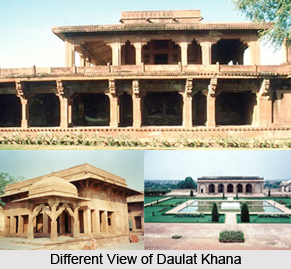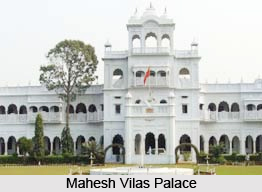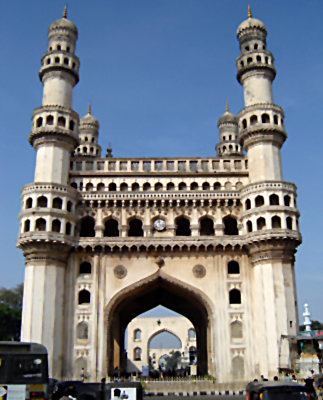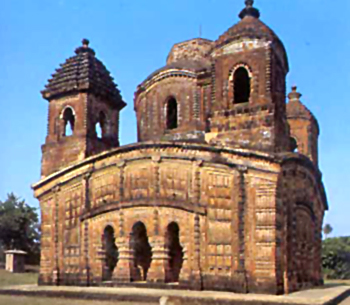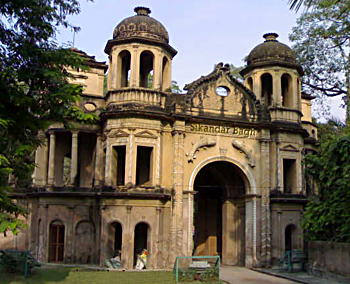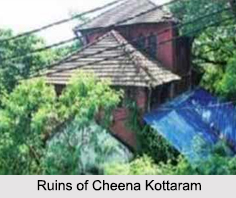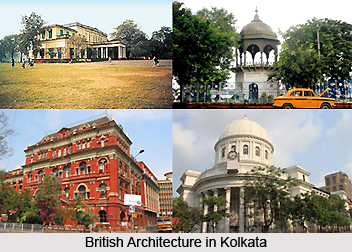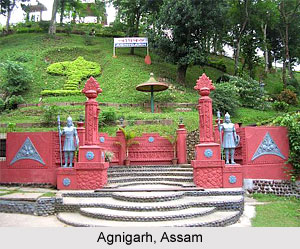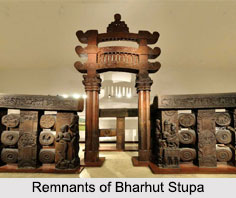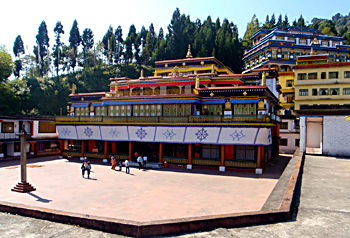 Sikkim is a mountainous state in India surrounded by Nepal, Tibet and Bhutan. Originally the Lepcha ethnic tribe lived here and later, a Tibetan tribe migrated in the 17th century. Thus the architecture of Sikkim mirrors mainly the traditions of these two tribes. The noteworthy buildings mostly comprise Buddhist gompas (monasteries) because the state has cultural links with Ladakh and Tibetan Buddhism. In fact monasteries are an integral part of Sikkim. As far as the monarchy is concerned, it, too, encouraged the building of such religious shrines.
Sikkim is a mountainous state in India surrounded by Nepal, Tibet and Bhutan. Originally the Lepcha ethnic tribe lived here and later, a Tibetan tribe migrated in the 17th century. Thus the architecture of Sikkim mirrors mainly the traditions of these two tribes. The noteworthy buildings mostly comprise Buddhist gompas (monasteries) because the state has cultural links with Ladakh and Tibetan Buddhism. In fact monasteries are an integral part of Sikkim. As far as the monarchy is concerned, it, too, encouraged the building of such religious shrines.
There are almost nearly two hundred monasteries or Gompas belonging to either the Nyingmapa Sect or the Kargyupa Sect. Rumtek monastery was started in the 11th century. It is the main monastery of the Kargyupa Sect. The main building in the traditional style is open to people of any caste who want to see the lifestyle in the monastery. The Labrang monastery situated in north Sikkim is a much older structure. It is endowed with a unique architectural style and is one of the premier monasteries of Sikkim. The Pemayangtse monastery of Sikkim is the second oldest and the most important of all monastery. The monastery is a home to numerous religious idols and other objects of worship, most of which are expensive because of their antique value. A closed corridor and smaller shrines surround the main shrine. The precincts are spread in the village. The Mask Dance Festival is celebrated here every year. The Tashiding monastery is an important monastery belonging to the Nyingmapa order was built on top of a hill in Sikkim. There are four shrines, Mani Lagan, Cheku Lagan, Gonkan and Gulu Lagan in this unsullied, serene place isolated from the ordinary world. There are many chortens situated in between these buildings. Though the layout dates back to the 17th century, the building is fairly new. It resembles the Alchi Gompa of Ladakh, where buildings are in a row, within an enclosed compound.The Phodong monastery is celebrated for its elegantly delicate mural painting and frescoes. The original monastery has been rebuilt and is today one of the most beautiful monasteries in Sikkim.
Situated in the eastern Himalayas, the serene environment of Sikkim offers its tourists with a rare experience. The temples, monasteries and ruined palaces make Sikkim one of the most visited places of east India.
